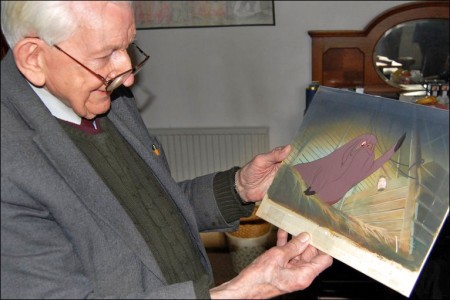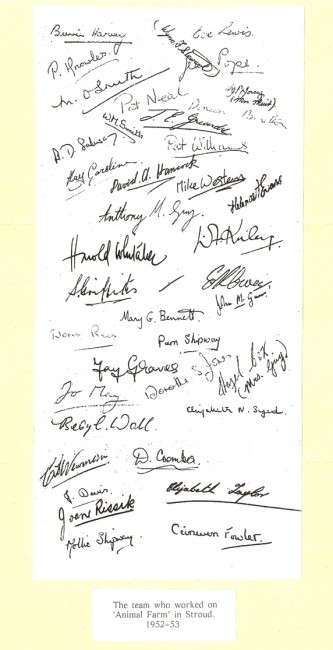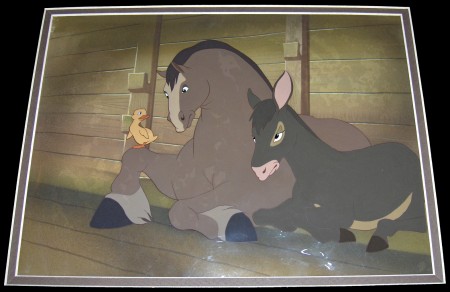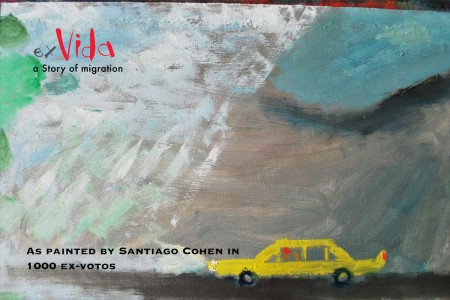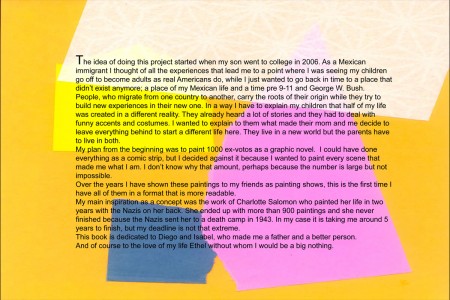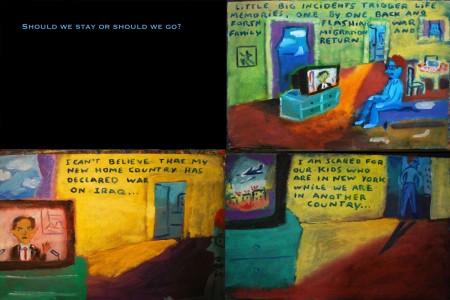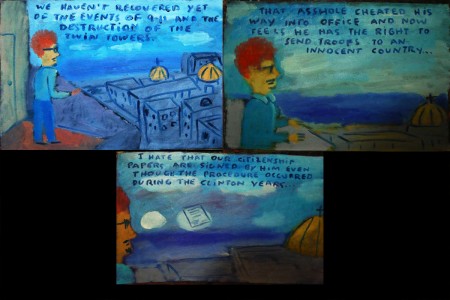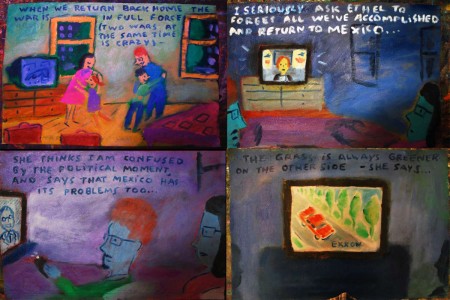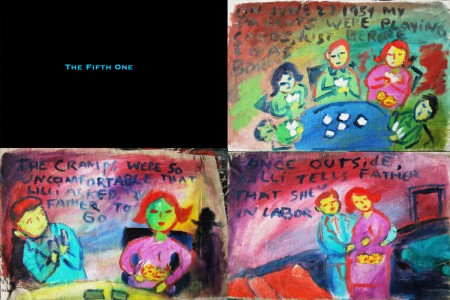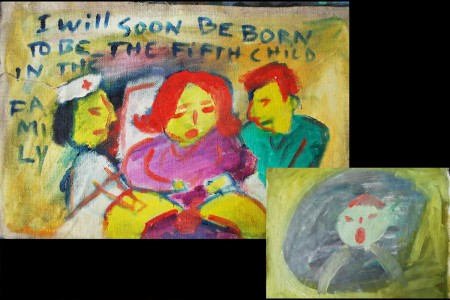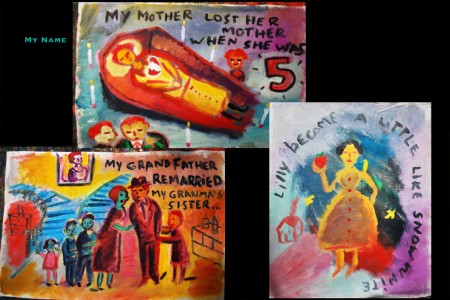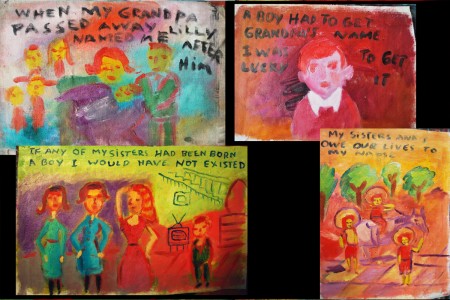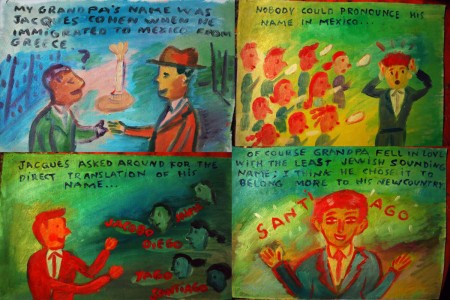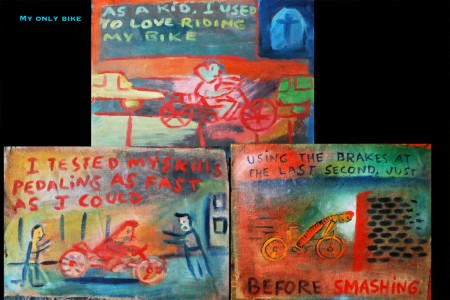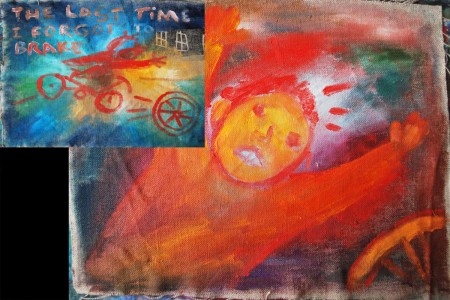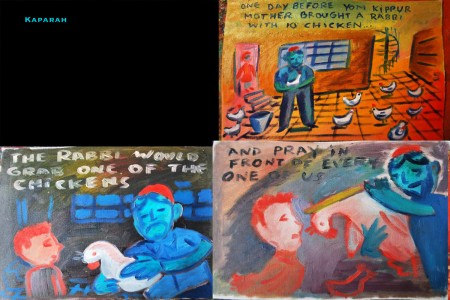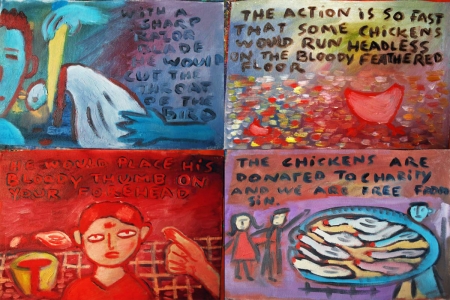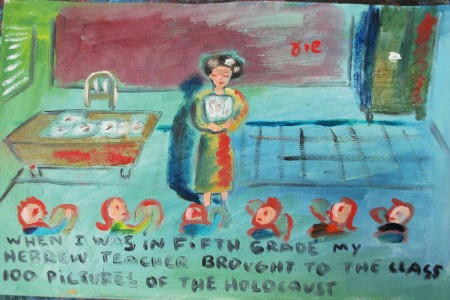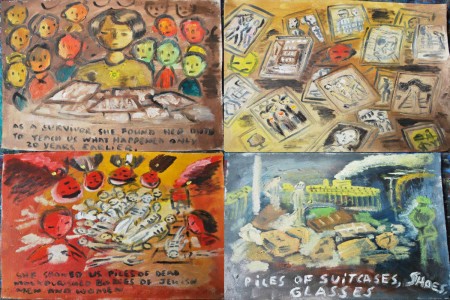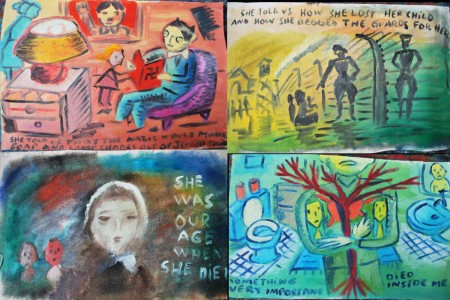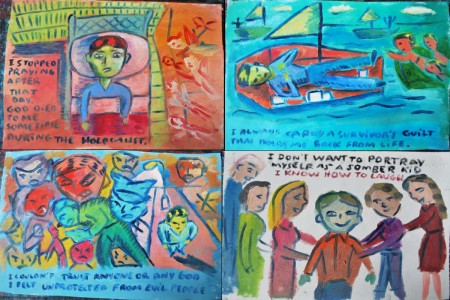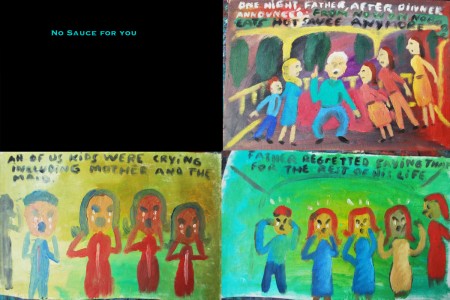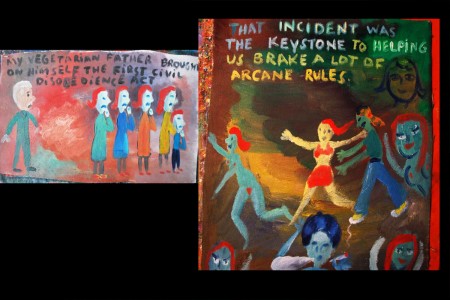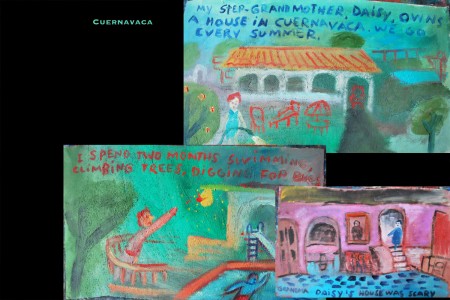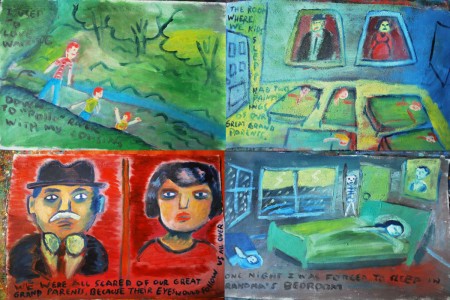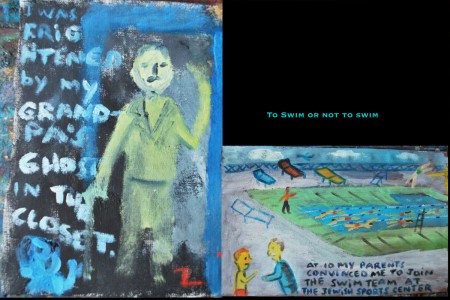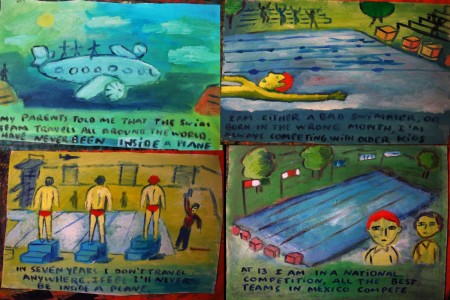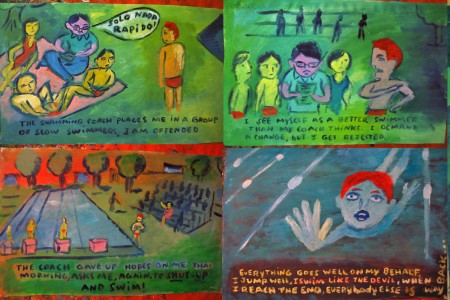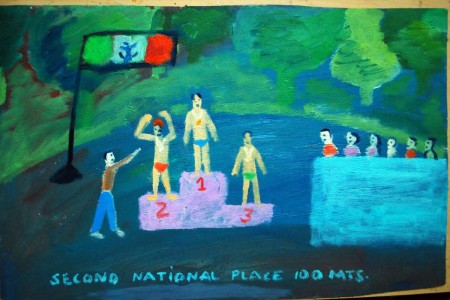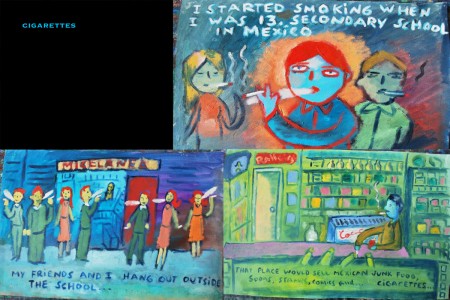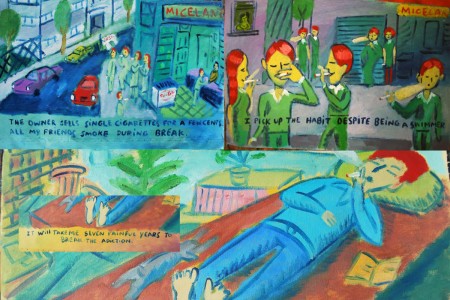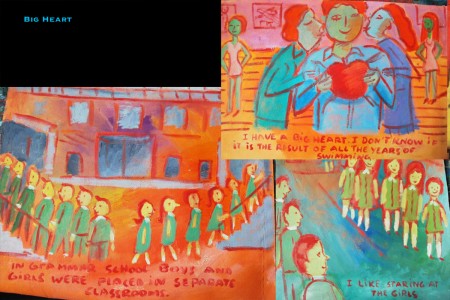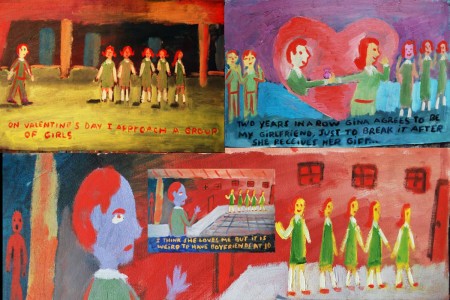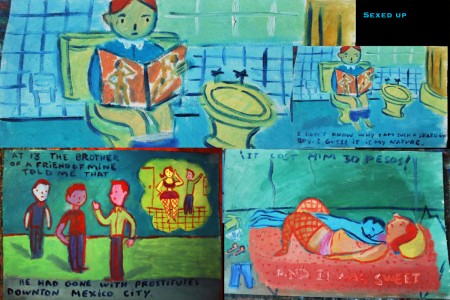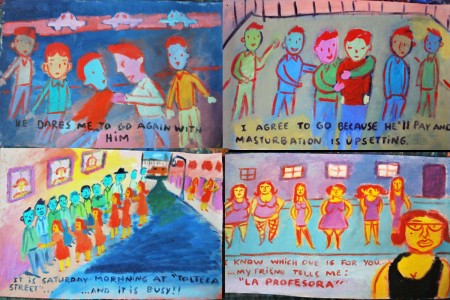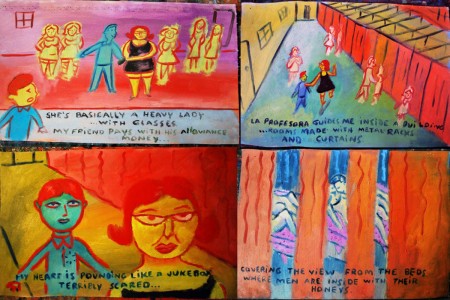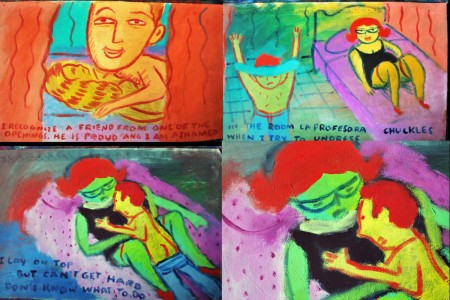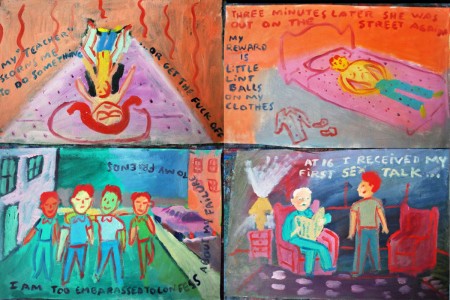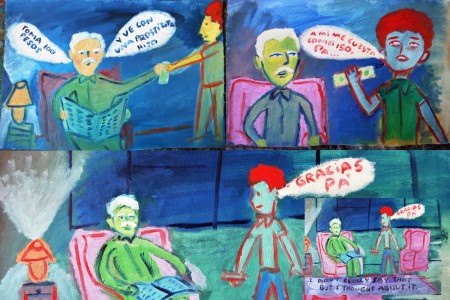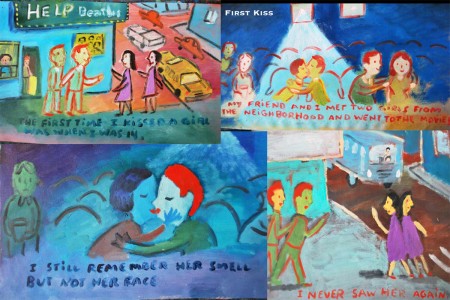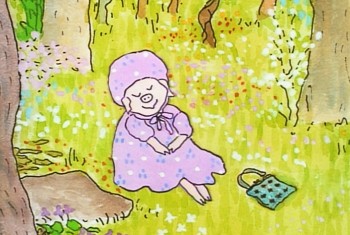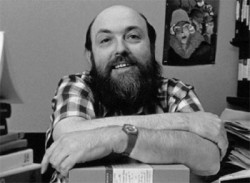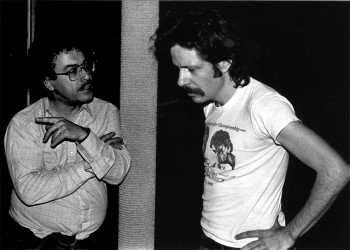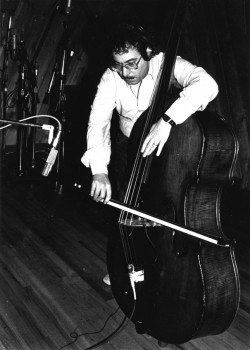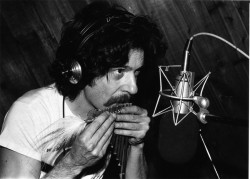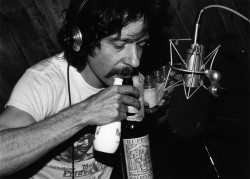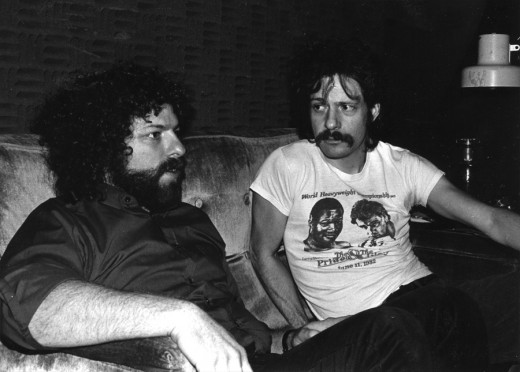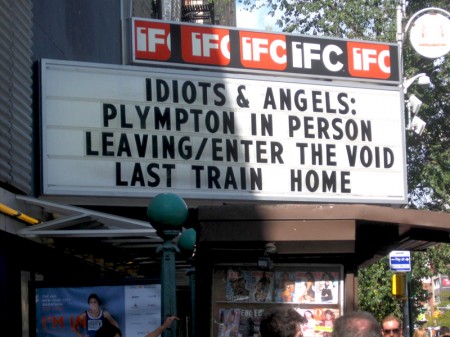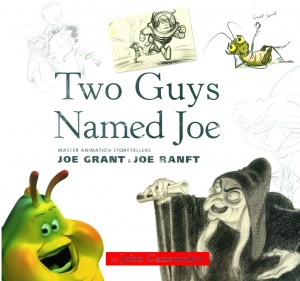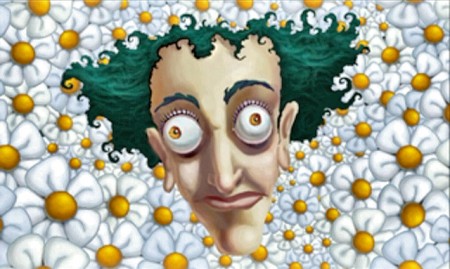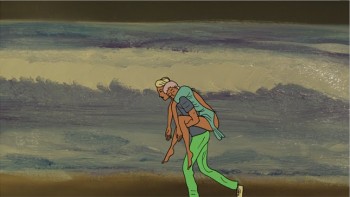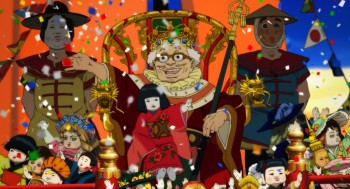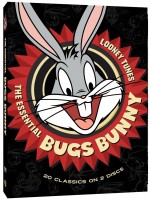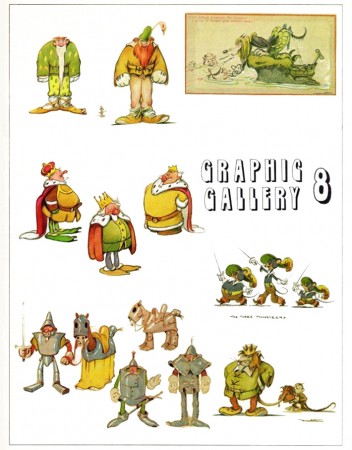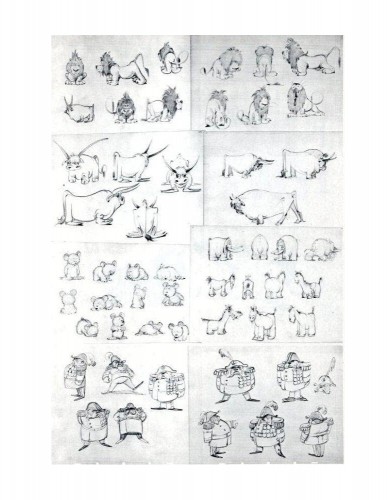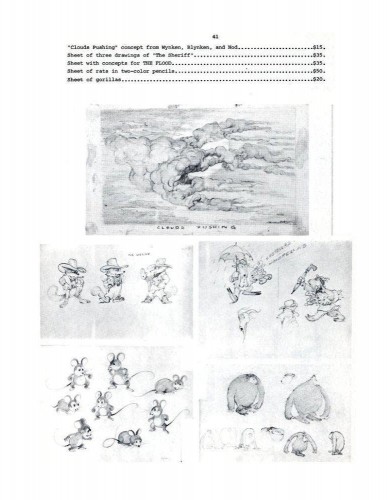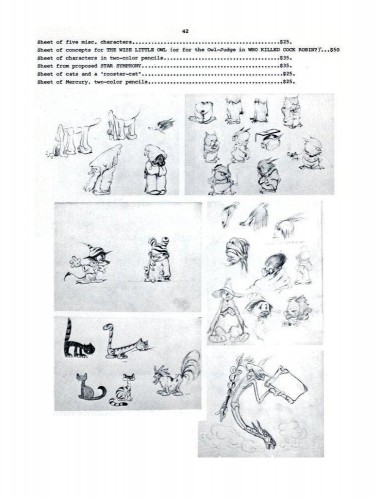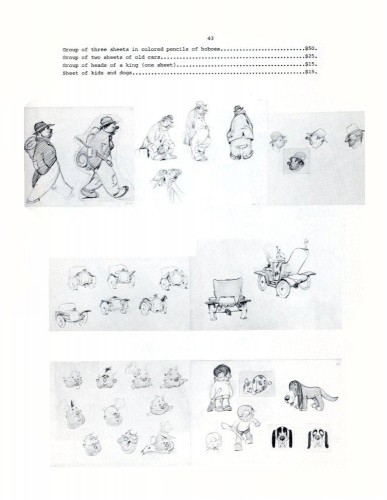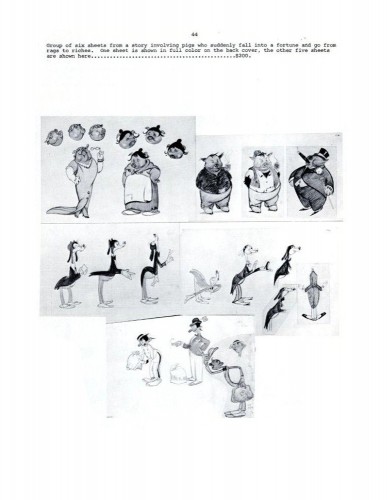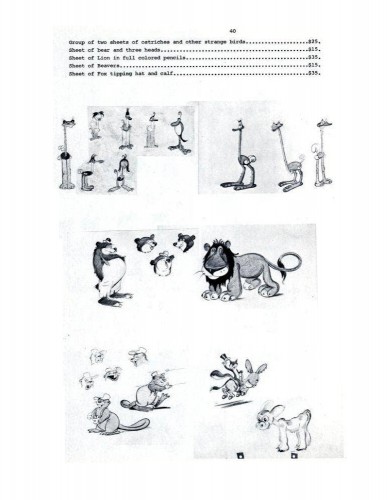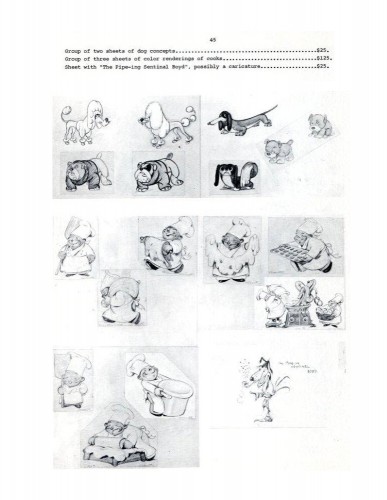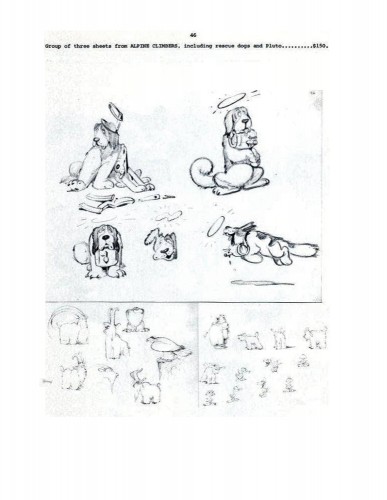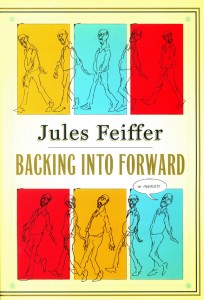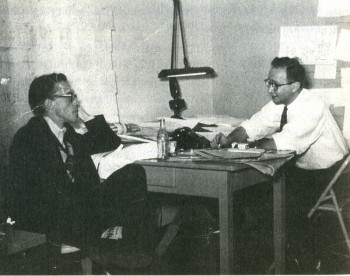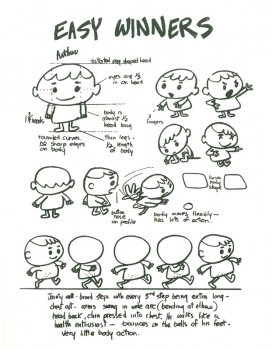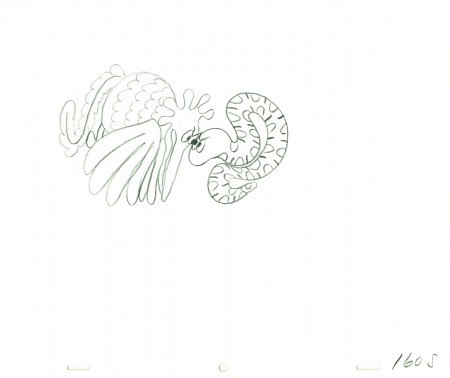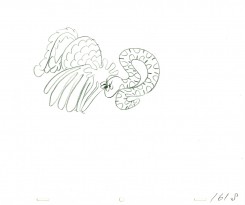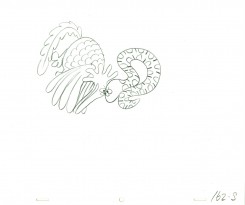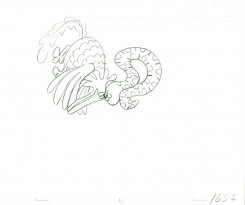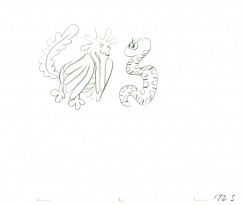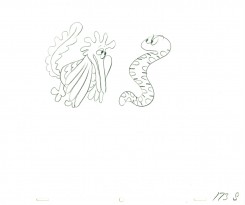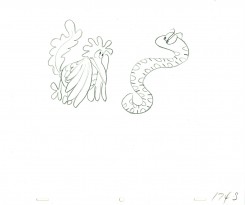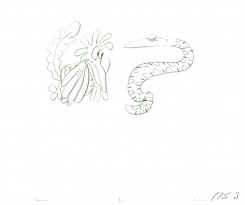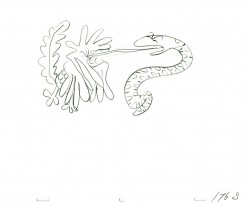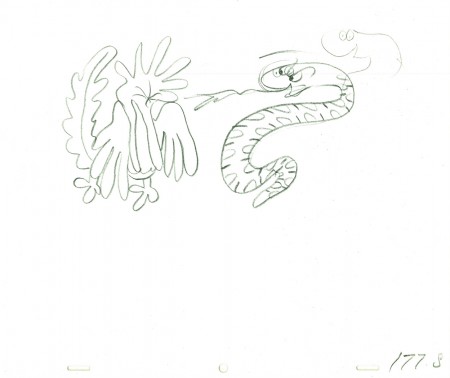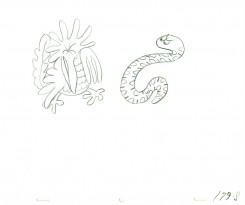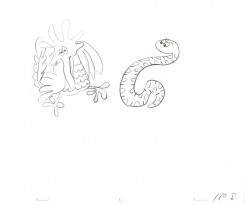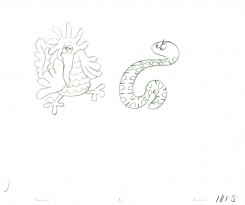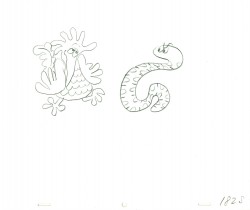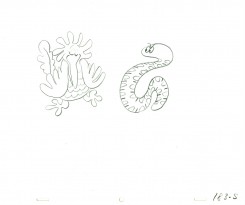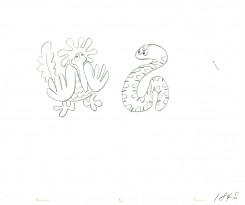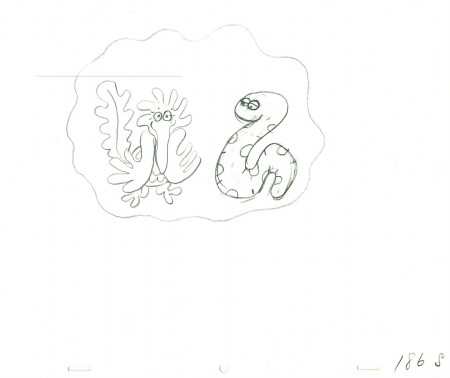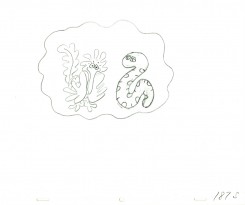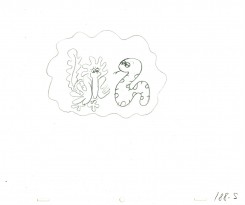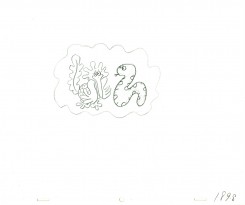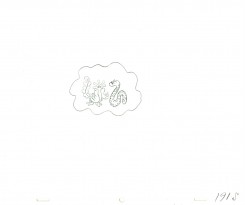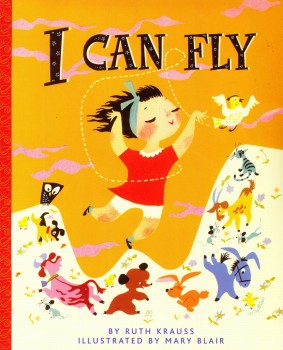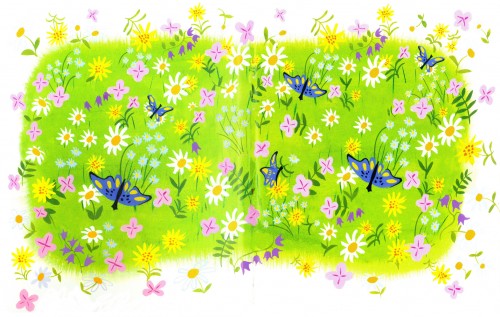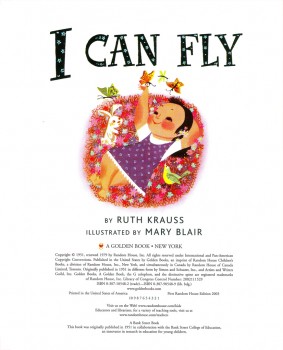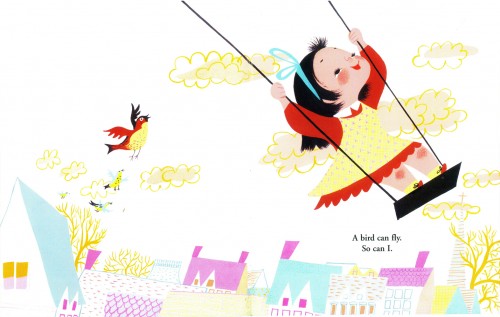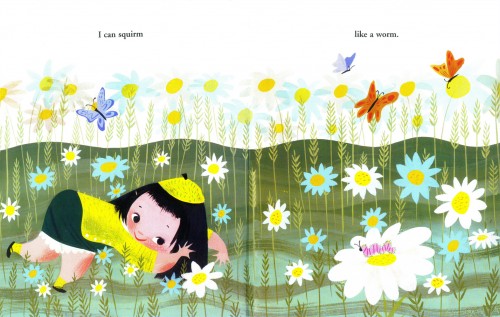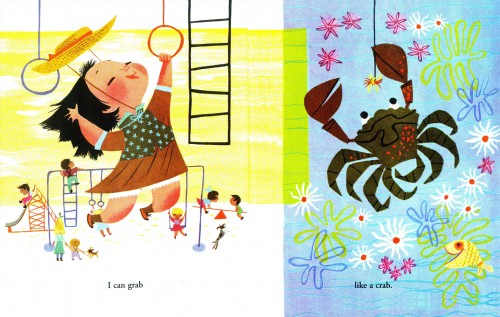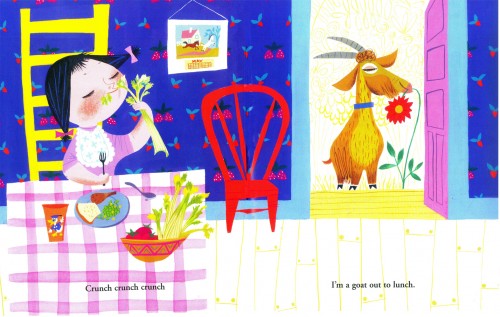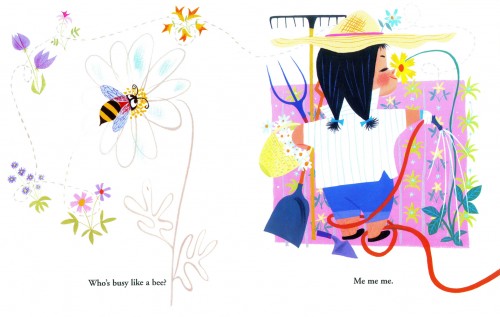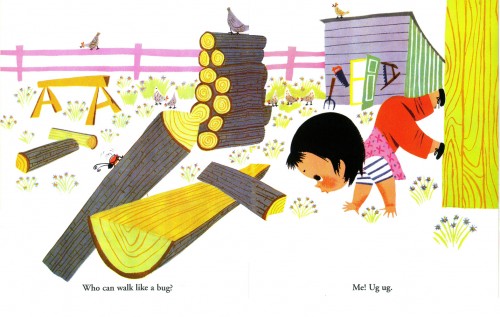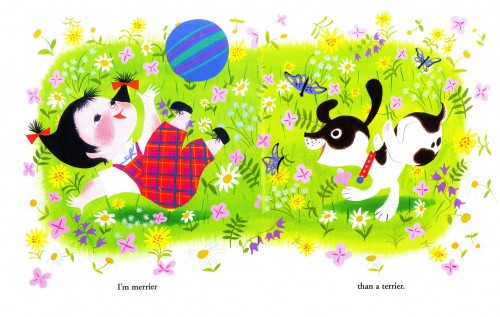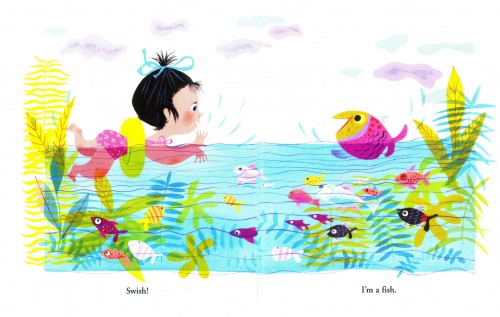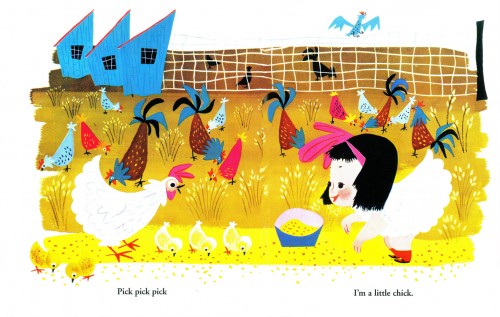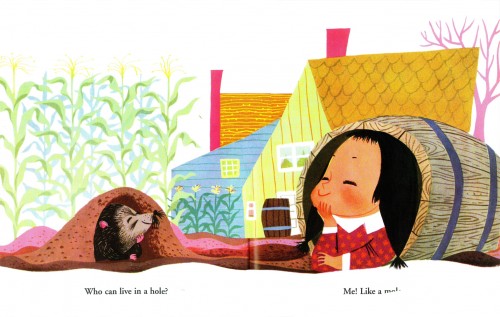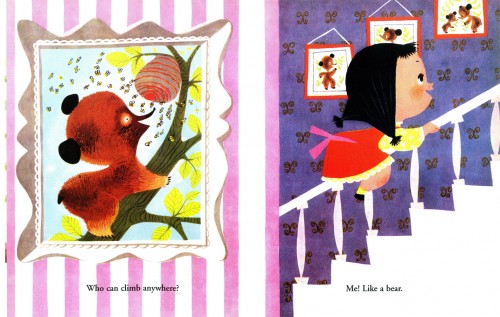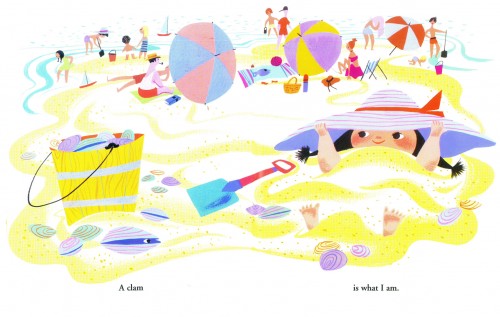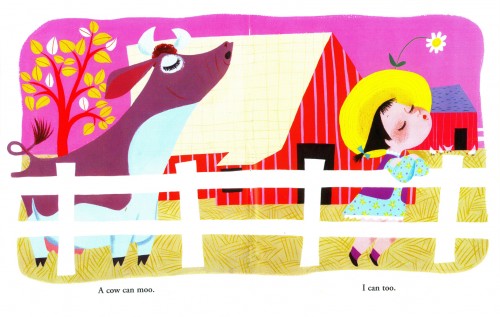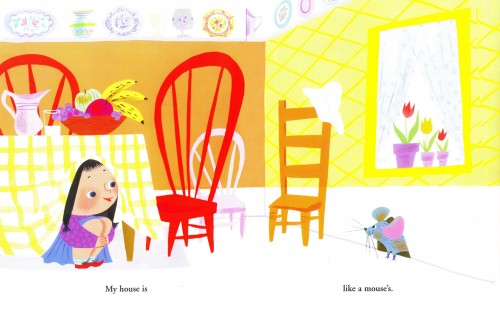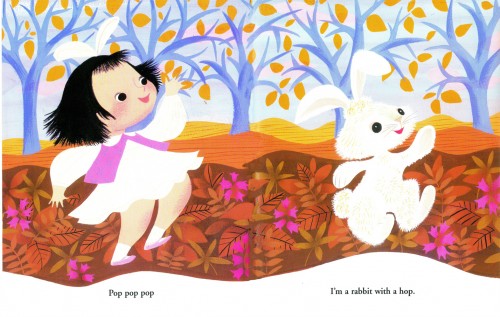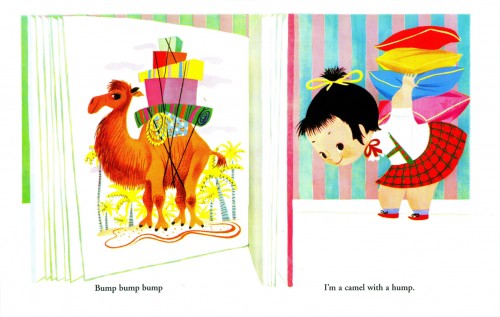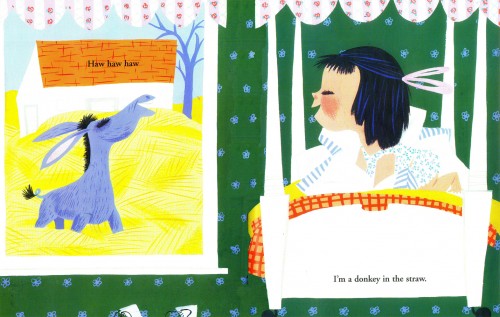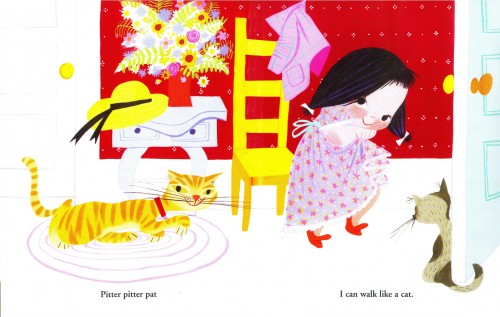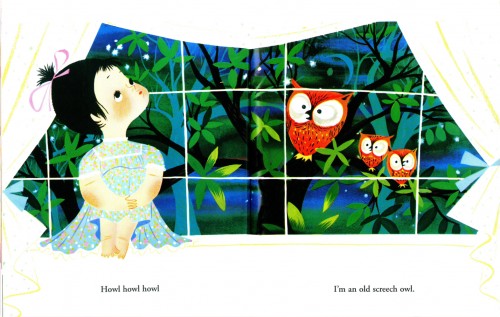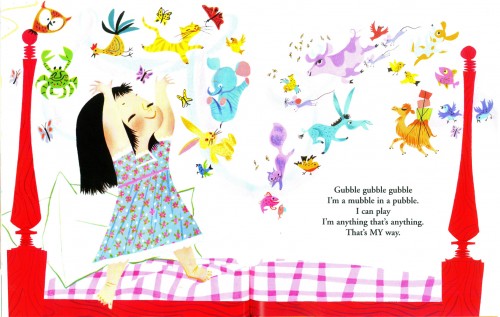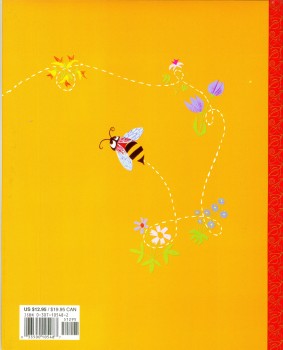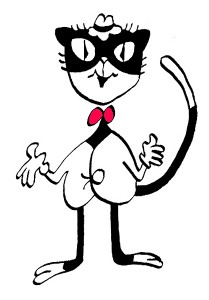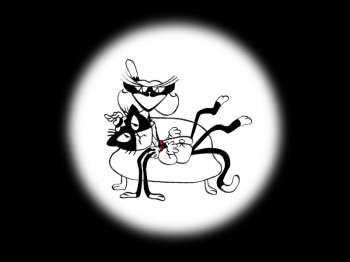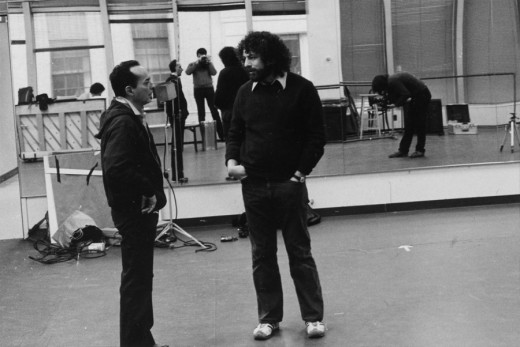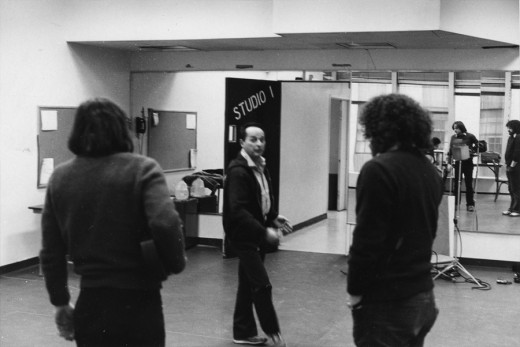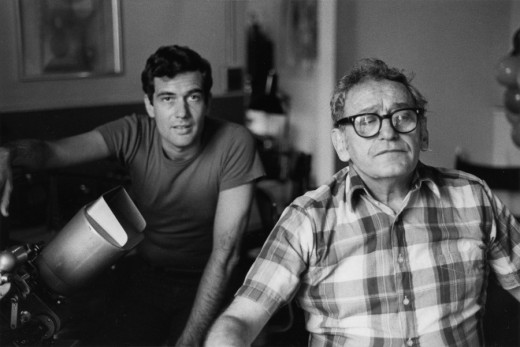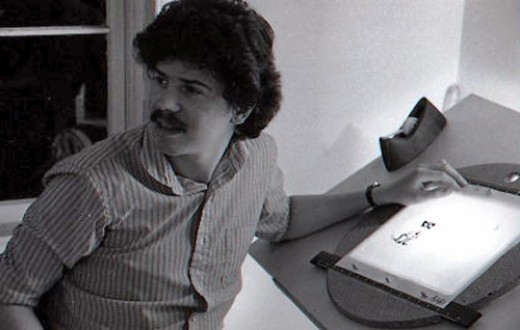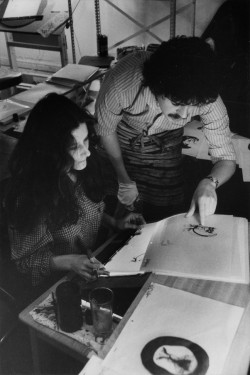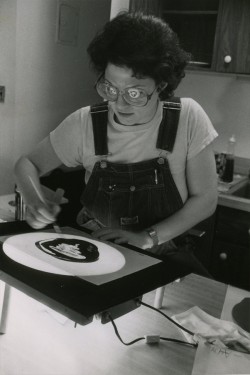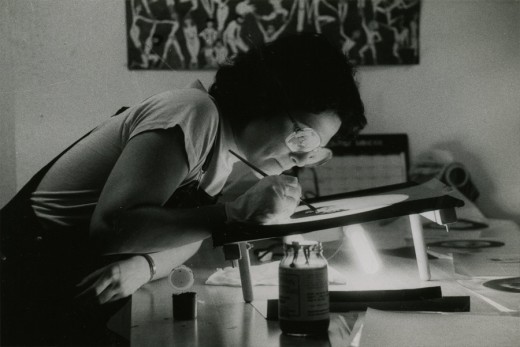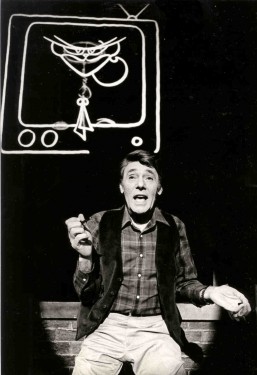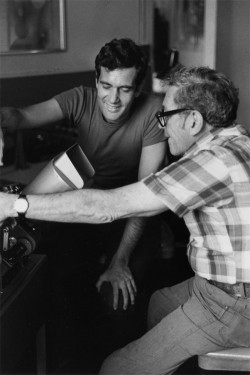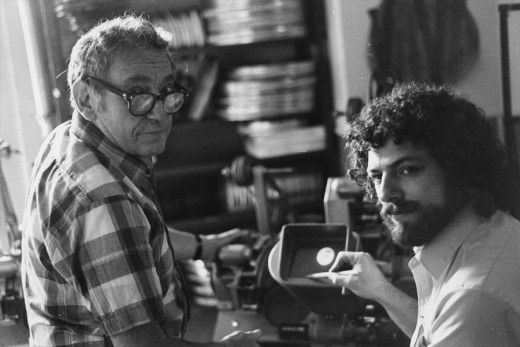- Tomorrow, Oct. 6th, Bill Plympton’s most recent feature, Idiots and Angels opens officially in New York. The IFC Center will screen the film for a limited run. However, if people turn out that could be extended. Bill needs your support; take the family and see the film.
As we did with Paul & Sandra Fierlinger‘s film, My Dog Tulip, we’re posting three short reviews of Idiots and Angels. These are by the three animators in my studio, Matthew Clinton, Katrina Gregorius, and me. In doing that, the hope is that we’d have a wider scope in the review and one that would focus on the craft of the animation. We all agreed that we had problems with the film, yet I’m not sure whether we got that point across in the reviews. You’ll have to decide.
Review by
Katrina Gregorius
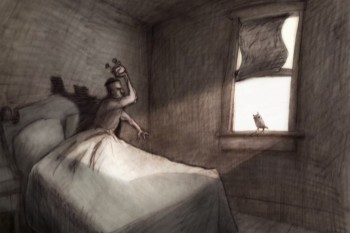 Bill Plympton’s latest feature Idiots & Angels has taken me through a journey within myself in the same way the main character is transformed within the film.
Bill Plympton’s latest feature Idiots & Angels has taken me through a journey within myself in the same way the main character is transformed within the film.
Idiots & Angels is about a guy who is inherently angry and is a jerk to everyone around him. One day, he mysteriously starts to grow wings that eventually try to prevent him from doing any harmful deeds. The rest of the film explore his reaction as well as other character’s reaction to these wings.
Initially I am left without a lot of positive feelings about the film regarding character and story development, but a closer look reveals a film that is an in-depth study of human nature. What I originally thought of as a lack in character development is actually a disturbingly accurate and genuine portrayal of human nature.
Bill Plympton uses color to create the perfect mood for the film. He also creates some playful transitions that are really fun to watch.
____________________
Review by
Matthew Clinton
Idiots & Angels is mysterious right from the start. It’s almost like you’ve landed on one of the dark planets in “A Wrinkle in Time“, where you don’t know who is controlling things or what the truth is. You can feel that things are off, and it’s unsettling. Angel, a devious man who kind of just blends in, wakes up and heads off to his favorite bar. The city is busy with cars and Angel’s awful ways become clear when he blows up a similar suit-wearer who has taken his parking space. He lights the car’s gas tank on fire. Strangely, the city seems totally empty of people – nobody is there to notice the horrific crime, and it is daylight. Maybe nobody is allowed to see? Angel walks into the bar and doesn’t give the murder a second thought.
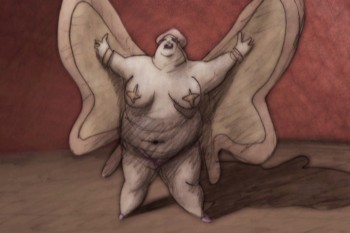 The bar is the center of this decrepit planet. It gives power to the few poor souls who haunt the place: a suit-wearing barkeeper, his barmaid wife, a large card-playing lady, and Angel himself. It’s a motley group. The barmaid shines among the rest of the creepy cast and even manages to penetrate all the septic cigarette smoke and noir shadows. The animation of this character is very nice too. She loves to dance with her broom, and those light scenes are quite necessary to relieve the stifling atmosphere. Of course Angel has to attack her.
The bar is the center of this decrepit planet. It gives power to the few poor souls who haunt the place: a suit-wearing barkeeper, his barmaid wife, a large card-playing lady, and Angel himself. It’s a motley group. The barmaid shines among the rest of the creepy cast and even manages to penetrate all the septic cigarette smoke and noir shadows. The animation of this character is very nice too. She loves to dance with her broom, and those light scenes are quite necessary to relieve the stifling atmosphere. Of course Angel has to attack her.
The next morning Angel wakes up to discover that small, feathery wings have grown out of his back. He cuts them off with a razor blade, spraying blood everywhere. However, with boney remnants still lodged in his back, I wonder why he didn’t see a doctor at this point – the very first time it happens. (Eventually he does see a doctor…) But he heads back to the bar. Soon he is consumed by hallucinations of birds and wings, a motif that is used cleverly throughout the film.
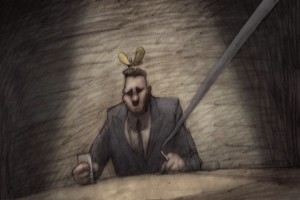 The wings grow back, and will not be stopped. Soon the film becomes a battle to control the wings. The wings want to be an angel, and Angel want to be an idiot. This idea is very full of possibilities, and it’s a good one. There are some stylish scenes that explore that. It becomes increasingly outlandish, though, as the barkeeper and the insane doctor lust after the power of the wings. It gets very crazy now – is it really happening or is it a metaphor? The drastic motives are hard to understand. I guess anything goes in their world, where being a monster is normal. It all makes you want to turn the light on.
The wings grow back, and will not be stopped. Soon the film becomes a battle to control the wings. The wings want to be an angel, and Angel want to be an idiot. This idea is very full of possibilities, and it’s a good one. There are some stylish scenes that explore that. It becomes increasingly outlandish, though, as the barkeeper and the insane doctor lust after the power of the wings. It gets very crazy now – is it really happening or is it a metaphor? The drastic motives are hard to understand. I guess anything goes in their world, where being a monster is normal. It all makes you want to turn the light on.
____________________
Review by
Michael Sporn
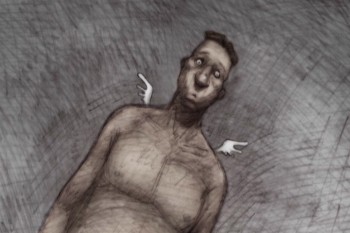 Idiots and Angels is Bill Plympton‘s sixth animated feature. Fifth if you don’t count the one that’s made up of a shorts collection. Still, it’s amazing that an individual can so doggedly, and singlehandedly turn out so much work with with so little. Of course, he doesn’t do it alone – ask all the interns -, but still the animation is his. And we’re talking about films longer than 90 minutes apiece!
Idiots and Angels is Bill Plympton‘s sixth animated feature. Fifth if you don’t count the one that’s made up of a shorts collection. Still, it’s amazing that an individual can so doggedly, and singlehandedly turn out so much work with with so little. Of course, he doesn’t do it alone – ask all the interns -, but still the animation is his. And we’re talking about films longer than 90 minutes apiece!
At first these features were done by hand on cel with an animation camera, yet none of the features cost more than $500,000. Today computer assistance makes it a mite easier, but not much. There are some secrets here that would be valuable to learn. There’s also a lot of respect that we have to give someone who pulls this feat off.
I’ve seen all of the films, and Idiots and Angels is, by far, my favorite. The story attempts something intelligent, and the graphics are far-and-away my favorite of all the films. It’s still not 100% for me, but it’s getting closer.
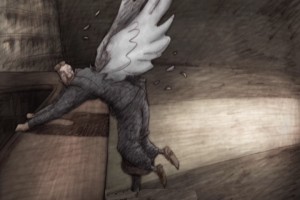 The film, for the first 2/3 of the way, follows a character who is unlikable. (This seems to be something Bill likes to do, have an insufferable protagonist.) Somehow he is gifted with a pair of wings. Every time the character does something nasty, the wings force him to correct the situation and be courteous to his neighbor. Needless to say, there’s an inner-struggle going on. Our hero does everything he can to remove the wings – cutting them off, going to a doctor to have them removed, having others pluck them from his back. The wings don’t go away very easily. Our hero dies at the 2/3 point in the film, and a bartender and dermatologist take center screen – each trying to exploit the wings for themselves.
The film, for the first 2/3 of the way, follows a character who is unlikable. (This seems to be something Bill likes to do, have an insufferable protagonist.) Somehow he is gifted with a pair of wings. Every time the character does something nasty, the wings force him to correct the situation and be courteous to his neighbor. Needless to say, there’s an inner-struggle going on. Our hero does everything he can to remove the wings – cutting them off, going to a doctor to have them removed, having others pluck them from his back. The wings don’t go away very easily. Our hero dies at the 2/3 point in the film, and a bartender and dermatologist take center screen – each trying to exploit the wings for themselves.
This is the part of the film where I faded out. The story went off course, and I had a hard time following things. I would have preferred a more developed story about the hero – with a possible character development for him. But instead, he was killed-off and two other greedy folks took center stage.
The graphics, as I said, are, to my mind, the best we’ve seen from the Plymptoon factory. There’s an Eastern European feel to the limited colors and the use of dark grays and umbers employed in most of the coloring. The graphite feel is part and parcel of the Plympton style, and it’s used strongly in Idiots and Angels. In this film. there’s strong control of the textures, and I was pleased to see that. It took some hard work and loving care to pull off.
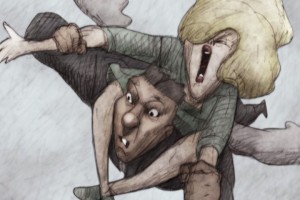 Anyone who makes a feature film with such a small crew and with his own finances, deserves my attention. I think he also deserves your attention. Bill is what I consider a natural animator. He hasn’t studiously studied the work of the masters, yet he seems to have absorbed all of the rules just by watching. Right from his first film, he had it down. I wish that he’d use a few more inbetweens at times, but I can’t argue with the extremes. I also wish so much of it weren’t on Fours – but then this is what passes for full animation these days. Budgets are the excuse, but sometimes I wonder if it doesn’t go deeper.
Anyone who makes a feature film with such a small crew and with his own finances, deserves my attention. I think he also deserves your attention. Bill is what I consider a natural animator. He hasn’t studiously studied the work of the masters, yet he seems to have absorbed all of the rules just by watching. Right from his first film, he had it down. I wish that he’d use a few more inbetweens at times, but I can’t argue with the extremes. I also wish so much of it weren’t on Fours – but then this is what passes for full animation these days. Budgets are the excuse, but sometimes I wonder if it doesn’t go deeper.
Saying all that, Bill’s a self-made master of the medium. I doubt he had to study Preston Blair or Frank Thomas; he just got it. See the film at the IFC Center (starting tomorrow, Oct. 6th in New York) and support it.
Idiots and Angels opens at the Laemmle Sunset 5 Theater in LA on October 29. Bill will make appearances at the opening night screenings.
While in LA ASIFA-Hollywood will present “Tom Sito’s Evening with Bill Plympton” on Oct. 27 at Woodbury College. He will also do a signings at Amoeba in Hollywood on Oct. 28, 8 pm, and at Dark Delicacies Bookstore in Burbank on October 31, 2-4 pm.
